

Вена (2 дня, Австрия) – Дюрнштайн (Австрия) – Мельк (Австрия) – Линц (Австрия) – Братислава (Словакия) – Будапешт (2 дня, Венгрия) – Эстергом (Венгрия) – Вена (Австрия) – Линц (Австрия) – Шлоген (Германия) – Регенсбург (Германия) – Нюрнберг (Германия) – Бамберг (Германия) – Вюрцбург (Германия) – Мильтенберг (Германия) – Майнц (Германия) – Мангейм (Германия) – Страсбург (Франция) – Вормс (Германия) – Рюдесхайм (Германия) – Кобленц (Германия) – Кёльн (Германия) – Амстердам (2 дня, Нидерланды)
| Company Category : Standard |
| Company name : Crucemundo S.L. |
| Ship name : Crucebelle |
| Journey Start Date : Thu 27 Aug 2020 |
| Journey End Date : Thu 17 Sep 2020 |
| Port start : Vein / Austria |
| Port end : Amsterdam / Netherlands |
| Count Nights : 21 night |
| Day | Port | Date | Arrival | Departure |
|---|---|---|---|---|
| 8 | Vein / Austria | Thu 03 Sep | 07:00 | 19:00 |
| 9 | Linz / Austria | Fri 04 Sep | 13:00 | 13:30 |
| 9 | Slogen / Germany | Fri 04 Sep | 18:30 | 19:00 |
| 10 | Regensburg / Germany | Sat 05 Sep | 13:00 | 19:00 |
| 11 | Nuremberg / Germany | Sun 06 Sep | 13:00 | 19:00 |
| 12 | Bamberg / Germany | Mon 07 Sep | 07:00 | 13:00 |
| 13 | Würzburg / Germany | Tue 08 Sep | 09:00 | 17:00 |
| 14 | Miltenberg / Germany | Wed 09 Sep | 09:00 | 15:00 |
| 15 | Mainz / Germany | Thu 10 Sep | 09:00 | 15:00 |
| 15 | Mainz / Germany | Thu 10 Sep | 16:00 | 23:00 |
| 16 | Mannheim / Germany | Fri 11 Sep | 07:00 | 14:00 |
| 16 | Mannheim / Germany | Fri 11 Sep | 07:00 | 14:00 |
| 17 | Strasbourg / France | Sat 12 Sep | 05:00 | 22:00 |
| 17 | Strasbourg / France | Sat 12 Sep | 05:00 | 22:00 |
| 18 | Worms / Germany | Sun 13 Sep | 08:00 | 14:00 |
| 18 | Worms / Germany | Sun 13 Sep | 08:00 | 14:00 |
| 18 | Rüdesheim / Germany | Sun 13 Sep | 18:30 | 23:59 |
| 18 | Rüdesheim / Germany | Sun 13 Sep | 18:30 | 23:59 |
| 19 | Koblenz / Germany | Mon 14 Sep | 15:00 | 22:00 |
| 19 | Rüdesheim / Germany | Mon 14 Sep | 11:00 | |
| 19 | Koblenz / Germany | Mon 14 Sep | 15:00 | 22:00 |
| 20 | Koln / Germany | Tue 15 Sep | 03:30 | 22:00 |
| 20 | Koln / Germany | Tue 15 Sep | 03:30 | 22:00 |
| 21 | Amsterdam / Netherlands | Wed 16 Sep | 15:00 | 23:59 |
| 21 | Amsterdam / Netherlands | Wed 16 Sep | 15:00 | 23:59 |
| 22 | Amsterdam / Netherlands | Thu 17 Sep | 08:15 |
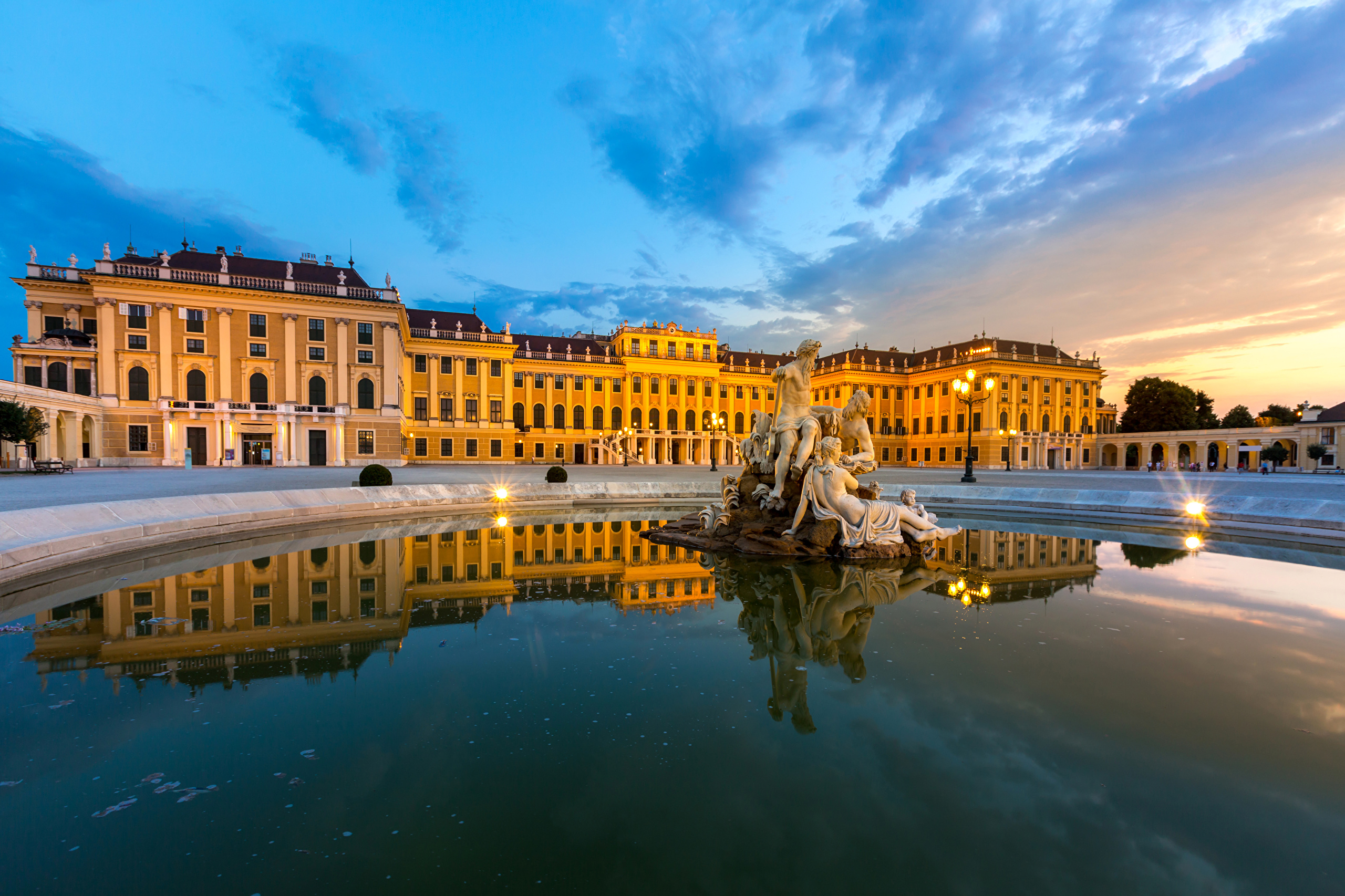
Vienna is the federal capital and largest city of Austria, and one of the nine states of Austria. Vienna is Austria's primate city, with a population of about 1.9 million (2.6 million within the metropolitan area, nearly one third of Austria's population), and its cultural, economic, and political centre. It is the 7th-largest city by population within city limits in the European Union. Until the beginning of the 20th century, it was the largest German-speaking city in the world, and before the splitting of the Austro-Hungarian Empire in World War I, the city had 2 million inhabitants. Today, it has the second largest number of German speakers after Berlin.Vienna is host to many major international organizations, including the United Nations and OPEC. The city is located in the eastern part of Austria and is close to the borders of the Czech Republic, Slovakia, and Hungary. These regions work together in a European Centrope border region. Along with nearby Bratislava, Vienna forms a metropolitan region with 3 million inhabitants. In 2001, the city centre was designated a UNESCO World Heritage Site. In July 2017 it was moved to the list of World Heritage in Danger.
Apart from being regarded as the City of Music[ because of its musical legacy, Vienna is also said to be "The City of Dreams" because it was home to the world's first psychoanalyst – Sigmund Freud. The city's roots lie in early Celticand Roman settlements that transformed into a Medieval and Baroque city, and then the capital of the Austro-Hungarian Empire. It is well known for having played an essential role as a leading European music centre, from the great age of Viennese Classicism through the early part of the 20th century. The historic centre of Vienna is rich in architectural ensembles, including Baroque castles and gardens, and the late-19th-century Ringstraße lined with grand buildings, monuments and parks.
Vienna is known for its high quality of life. In a 2005 study of 127 world cities, the Economist Intelligence Unit ranked the city first (in a tie with Vancouver and San Francisco) for the world's most liveable cities. Between 2011 and 2015, Vienna was ranked second, behind Melbourne. In 2018, it replaced Melbourne as the number one spot. For eight consecutive years (2009–2016), the human-resource-consulting firm Mercer ranked Vienna first in its annual "Quality of Living" survey of hundreds of cities around the world, a title the city still held in 2016. Monocle's 2015 "Quality of Life Survey" ranked Vienna second on a list of the top 25 cities in the world "to make a base within."
The UN-Habitat classified Vienna as the most prosperous city in the world in 2012/2013. The city was ranked 1st globally for its culture of innovation in 2007 and 2008, and sixth globally (out of 256 cities) in the 2014 Innovation Cities Index, which analyzed 162 indicators in covering three areas: culture, infrastructure, and markets. Vienna regularly hosts urban planning conferences and is often used as a case study by urban planners.
Between 2005 and 2010, Vienna was the world's number-one destination for international congresses and conventions. It attracts over 6.8 million tourists a year.
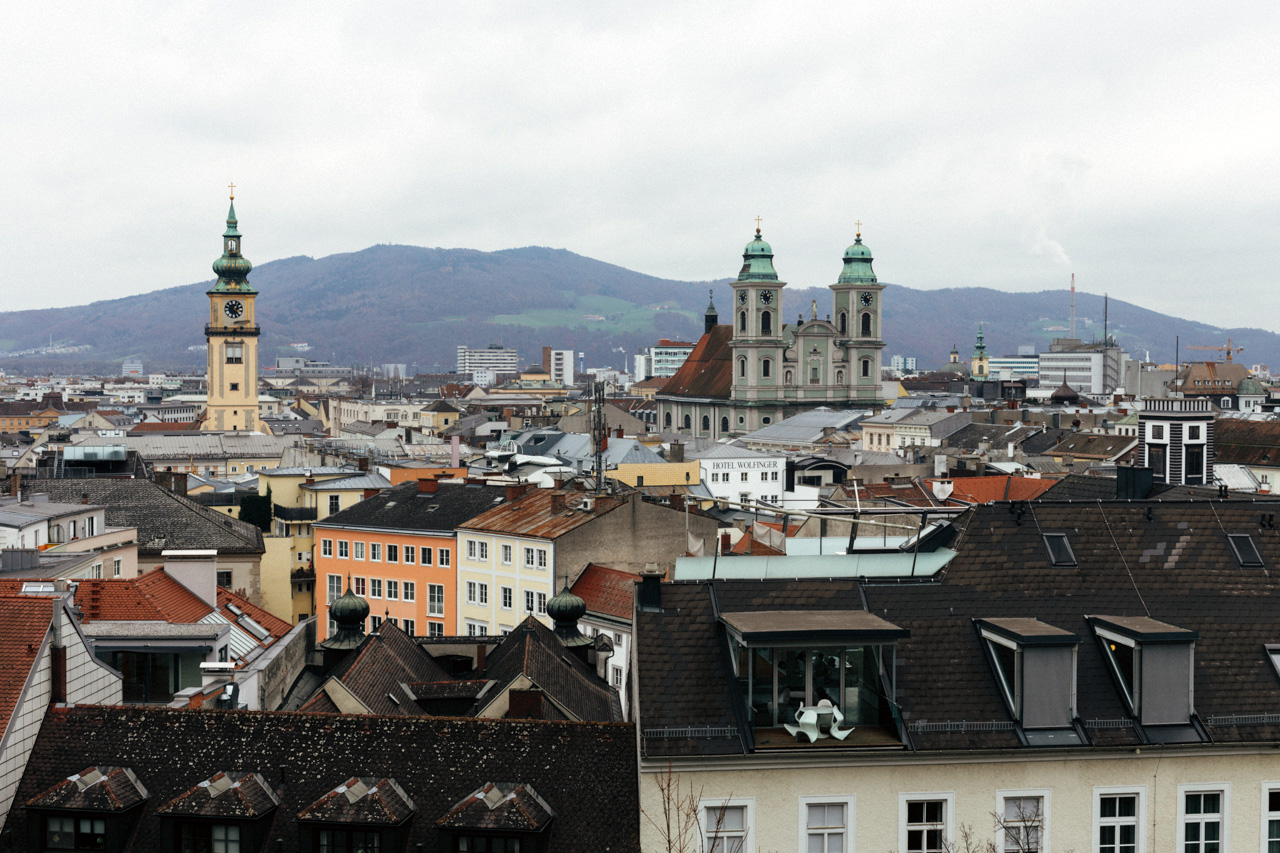
Linz is the third-largest city of Austria and capital of the state of Upper Austria (German: Oberösterreich). It is in the north centre of Austria, approximately 30 kilometres (19 miles) south of the Czech border, on both sides of the River Danube. The population of the city is 204,846, and that of the Greater Linz conurbation is about 789,811.
In 2009 Linz, together with the Lithuanian capital Vilnius, was chosen as the European Capital of Culture. Since 1 December 2014 Linz is a member of the UNESCO Creative Cities (UCCN) network as a City of Media Arts. Cities receive this title for enriching the urban lifestyle through the sponsorship and successful integration of media art and involving society in these electronic art forms. Linz is well known for the Linzer torte, which is said to be the oldest cake in the world, with its first recipe dating from 1653.


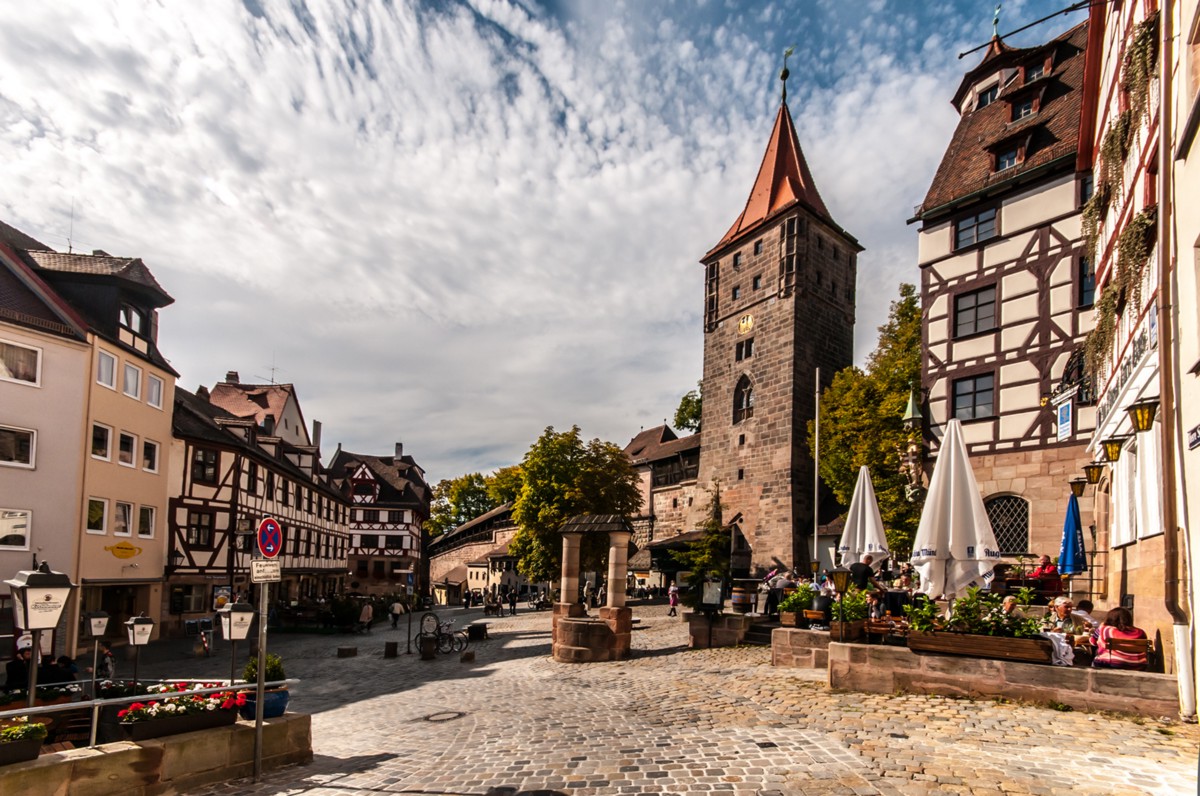



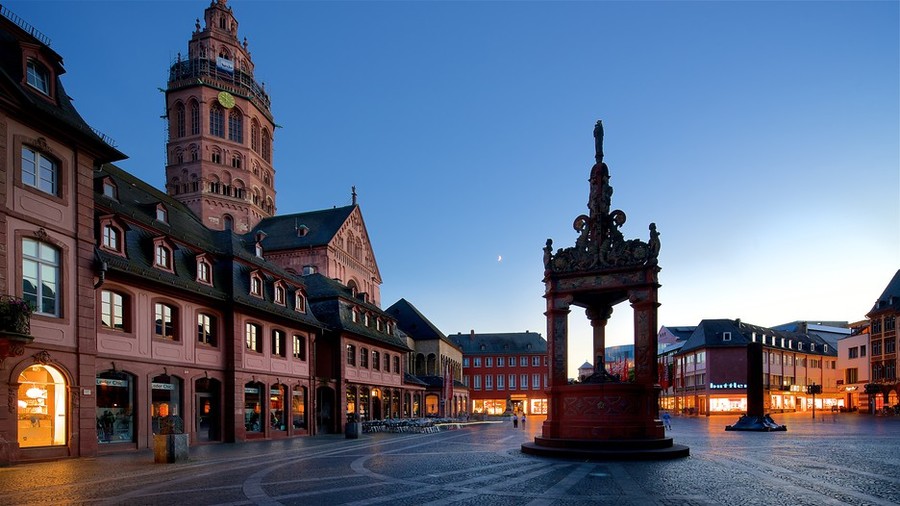





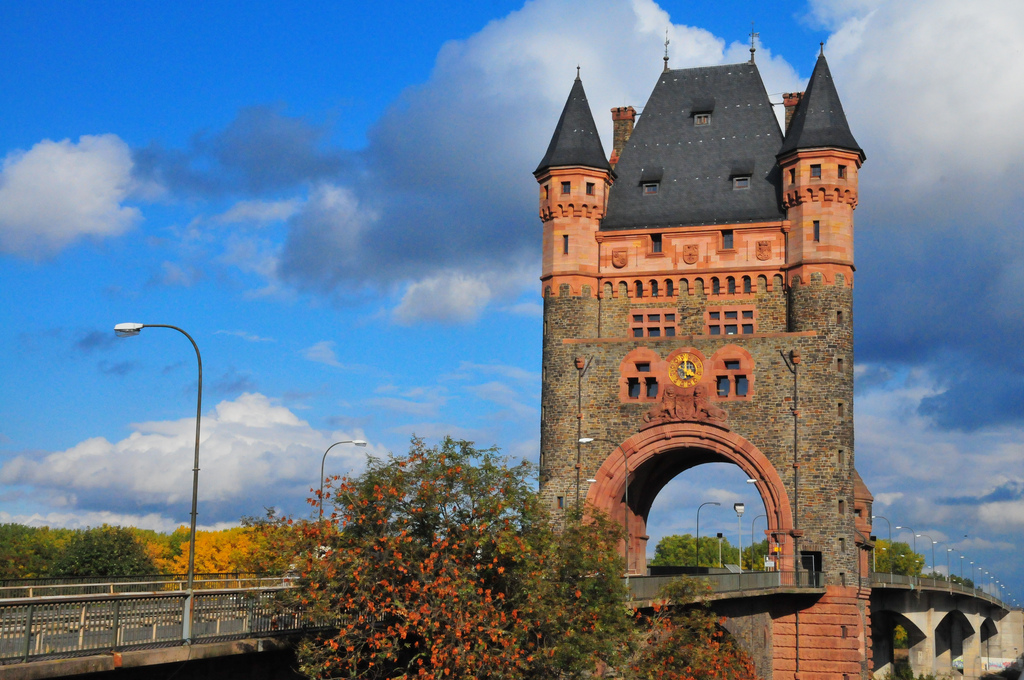
Worms is a city in Rhineland-Palatinate, Germany, situated on the Upper Rhine about 60 kilometres (40 miles) south-southwest of Frankfurt-am-Main. It had approximately 82,000 inhabitants as of 2015.
A pre-Roman foundation, Worms was the capital of the Kingdom of the Burgundians in the early 5th century and hence the scene of the medieval legends referring to this period, notably the first part of the Nibelungenlied. Worms has been a Roman Catholic bishopric since at least 614, and was an important palatinate of Charlemagne. Worms Cathedral is one of the Imperial Cathedrals and among the finest examples of Romanesque architecture in Germany. Worms prospered in the High Middle Ages as an Imperial Free City. Among more than a hundred Imperial Diets held at Worms, the Diet of 1521 (commonly known as the Diet of Worms) ended with the Edict of Worms in which Martin Luther was declared a heretic. Today, the city is an industrial centre and is famed as the origin of Liebfraumilch wine. Other industries include chemicals, metal goods and fodder.

Worms is a city in Rhineland-Palatinate, Germany, situated on the Upper Rhine about 60 kilometres (40 miles) south-southwest of Frankfurt-am-Main. It had approximately 82,000 inhabitants as of 2015.
A pre-Roman foundation, Worms was the capital of the Kingdom of the Burgundians in the early 5th century and hence the scene of the medieval legends referring to this period, notably the first part of the Nibelungenlied. Worms has been a Roman Catholic bishopric since at least 614, and was an important palatinate of Charlemagne. Worms Cathedral is one of the Imperial Cathedrals and among the finest examples of Romanesque architecture in Germany. Worms prospered in the High Middle Ages as an Imperial Free City. Among more than a hundred Imperial Diets held at Worms, the Diet of 1521 (commonly known as the Diet of Worms) ended with the Edict of Worms in which Martin Luther was declared a heretic. Today, the city is an industrial centre and is famed as the origin of Liebfraumilch wine. Other industries include chemicals, metal goods and fodder.
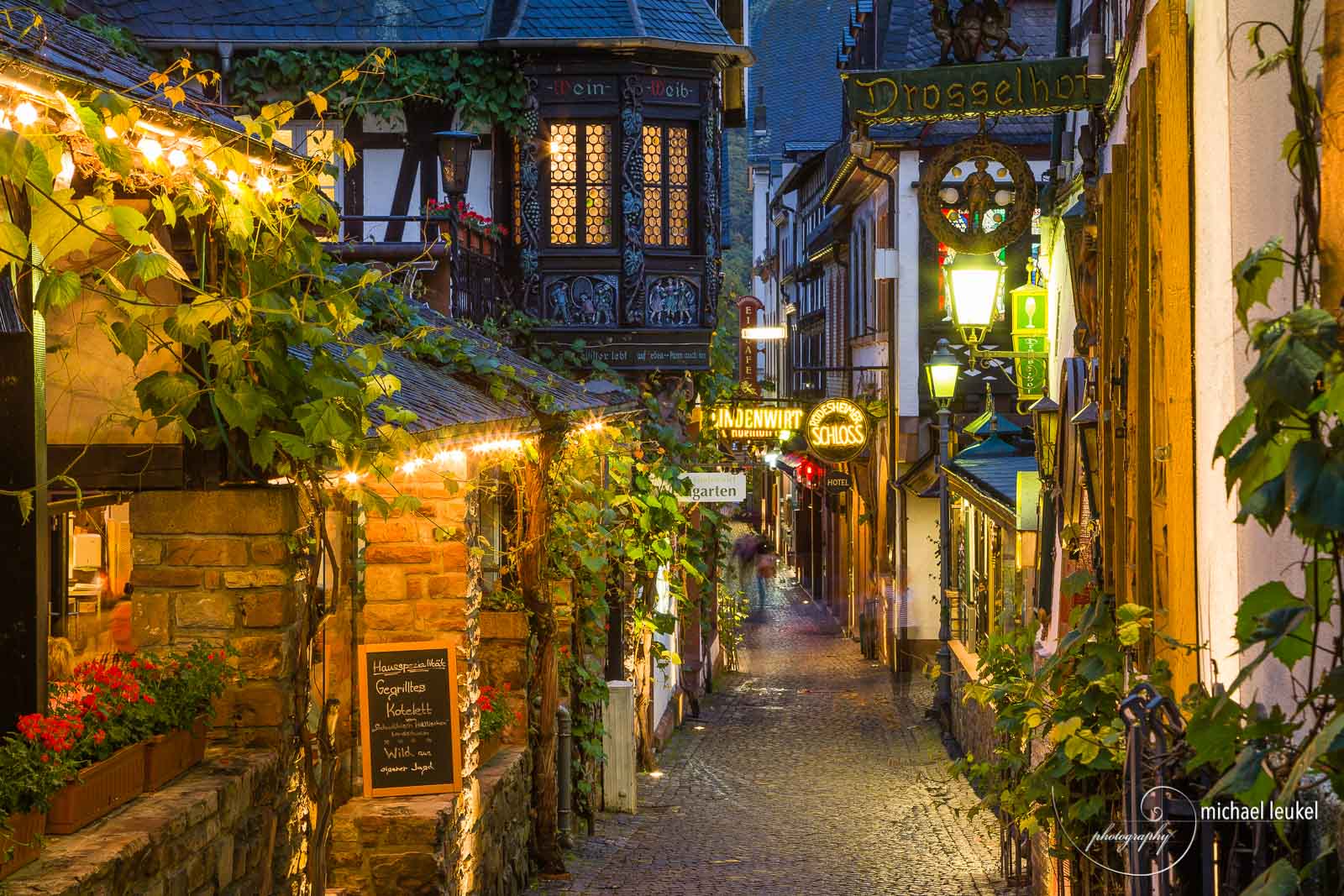





Cologne is the largest city of Germany's most populous federal state of North Rhine-Westphalia, and its 1 million+ (2016) inhabitants make it the fourth most populous city in Germany after Berlin, Hamburg, and Munich. The largest city on the Rhine, it is also the most populous city both of the Rhine-Ruhr Metropolitan Region, which is Germany's largest and one of Europe's major metropolitan areas, and of the Rhineland. Centred on the left bank of the Rhine, Cologne is about 45 kilometres (28 mi) southeast of North Rhine-Westphalia's capital of Düsseldorf and 25 kilometres (16 mi) northwest of Bonn. It is the largest city in the Central Franconian and Ripuarian dialect areas.
The city's famous Cologne Cathedral (Kölner Dom) is the seat of the Catholic Archbishop of Cologne. There are many institutions of higher education in the city, most notably the University of Cologne (Universität zu Köln), one of Europe's oldest and largest universities, the Technical University of Cologne (Technische Hochschule Köln), Germany's largest university of applied sciences, and the German Sport University Cologne (Deutsche Sporthochschule Köln), Germany's only sport university. Cologne Bonn Airport (Flughafen Köln/Bonn) is Germany's seventh-largest airport and lies in the southeast of the city. The main airport for the Rhine-Ruhr region is Düsseldorf Airport.

Cologne is the largest city of Germany's most populous federal state of North Rhine-Westphalia, and its 1 million+ (2016) inhabitants make it the fourth most populous city in Germany after Berlin, Hamburg, and Munich. The largest city on the Rhine, it is also the most populous city both of the Rhine-Ruhr Metropolitan Region, which is Germany's largest and one of Europe's major metropolitan areas, and of the Rhineland. Centred on the left bank of the Rhine, Cologne is about 45 kilometres (28 mi) southeast of North Rhine-Westphalia's capital of Düsseldorf and 25 kilometres (16 mi) northwest of Bonn. It is the largest city in the Central Franconian and Ripuarian dialect areas.
The city's famous Cologne Cathedral (Kölner Dom) is the seat of the Catholic Archbishop of Cologne. There are many institutions of higher education in the city, most notably the University of Cologne (Universität zu Köln), one of Europe's oldest and largest universities, the Technical University of Cologne (Technische Hochschule Köln), Germany's largest university of applied sciences, and the German Sport University Cologne (Deutsche Sporthochschule Köln), Germany's only sport university. Cologne Bonn Airport (Flughafen Köln/Bonn) is Germany's seventh-largest airport and lies in the southeast of the city. The main airport for the Rhine-Ruhr region is Düsseldorf Airport.

Amsterdam is the capital city and most populous municipality of the Netherlands. Its status as the capital is mandated by the Constitution of the Netherlands, although it is not the seat of the government, which is The Hague. Amsterdam has a population of 851,373 within the city proper, 1,351,587 in the urban area] and 2,410,960 in the metropolitan area. The city is located in the province of North Holland in the west of the country but is not its capital, which is Haarlem. The metropolitan area comprises much of the northern part of the Randstad, one of the larger conurbations in Europe, with a population of approximately 8 million.

Amsterdam is the capital city and most populous municipality of the Netherlands. Its status as the capital is mandated by the Constitution of the Netherlands, although it is not the seat of the government, which is The Hague. Amsterdam has a population of 851,373 within the city proper, 1,351,587 in the urban area] and 2,410,960 in the metropolitan area. The city is located in the province of North Holland in the west of the country but is not its capital, which is Haarlem. The metropolitan area comprises much of the northern part of the Randstad, one of the larger conurbations in Europe, with a population of approximately 8 million.

Amsterdam is the capital city and most populous municipality of the Netherlands. Its status as the capital is mandated by the Constitution of the Netherlands, although it is not the seat of the government, which is The Hague. Amsterdam has a population of 851,373 within the city proper, 1,351,587 in the urban area] and 2,410,960 in the metropolitan area. The city is located in the province of North Holland in the west of the country but is not its capital, which is Haarlem. The metropolitan area comprises much of the northern part of the Randstad, one of the larger conurbations in Europe, with a population of approximately 8 million.